There has been no simpler forms for the sum of n factorials But, certainly the study has been done on this In mathematics, they call it as left factorial or KUREPA function denoted as K(z) (Look for only written with the pen!) To obtain solutio Output 131 Note If observed closely, we can see that, if we take n common, series turns into an Harmonic Progression Attention reader! O(2^(n1)) is the same as O(2 * 2^n), and you can always pull out constant factors, so it is the same as O(2^n) However, constant factors are the only thing you can pull out 2^(2n) can be expressed as (2^n)(2^n), and 2^n isn't a constant So, the answer to

Find The Sum To N Terms Of The Series 1 2 3 2 5 2 To N Terms
2^n 4-2*2^n/2*2n 3 2^-3
2^n 4-2*2^n/2*2n 3 2^-3-About Press Copyright Contact us Creators Advertise Developers Terms Privacy Policy & Safety How works Test new features Press Copyright Contact us CreatorsClick here👆to get an answer to your question ️ Solve 2^n 422^n22^n 3 2^3




Simplify 16 2n 1 4 2n 16 2n 2 2 N 2 Brainly In
Thanks The standard method to find the limit of rational functions is to factor out the highest power of n both from numerator and denominator n 2 ( 3 1 / n 1 / n 2) n 3 ( 5 − 2 / n 2 / n 2) Simplify by n^2, and take the limit separately for each terms You are left with the limit of 3/ (5n) ehildGet stepbystep solutions from expert tutors as fast as 1530 minutesSolution for 2n(n^23n4)= equation Simplifying 2n(n 2 3n 4) = 0 Reorder the terms 2n(4 3n n 2) = 0 (4 * 2n 3n * 2n n 2 * 2n) = 0 (8n 6n 2 2n 3) = 0 Solving 8n 6n 2 2n 3 = 0 Solving for variable 'n' Factor out the Greatest Common Factor (GCF), '2n' 2n(4 3n n 2) = 0 Ignore the factor 2 Subproblem 1 Set the factor 'n' equal to zero and attempt to solve
Work out the value of n 1/32÷^3√2=2^n Give your answer as an improper fractionSimple and best practice solution for 2/3n2/3=n/64/3 equation Check how easy it is, and learn it for the future Our solution is simple, and easy to understand, so don`t hesitate to use it as a solution of your homeworkSolution Steps n^4 \cdot 2n^2 \cdot n^5 n 4 ⋅ 2 n 2 ⋅ n 5 To multiply powers of the same base, add their exponents Add 4 and 2 to get 6 To multiply powers of the same base, add their exponents Add 4 and 2 to get 6 n^ {6}\times 2n^ {5} n 6 × 2 n 5
Dichloroaniline Dichloroanilines are chemical compounds which consist of an aniline ring substituted with two chlorine atoms and have the molecular formula C 6 H 5 Cl 2 N There are six isomers, varying in the positions of the chlorine atoms around the ring relative to the amino group As aniline derivatives, they are named with the aminoExploring workforce trends A LinkedIn video series;Multiply − 2 2 by 5 5 Multiply 5 5 by 4 4 Apply the distributive property Multiply 2 2 by 3 3 Simplify by adding terms Tap for more steps Add − 10 n 10 n and 2 n 2 n Add and 6 6
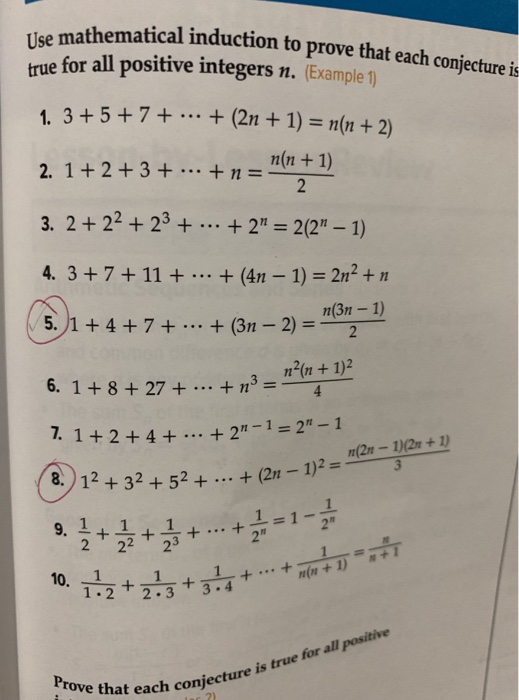



Athematical Induction To Prove That Each Conjecture Chegg Com




Sum To N Terms 1 N 2 N 1 3 N 2 Youtube
Simplify using suitable property of integers Name the property used = (28) X (105) in roman numerals arjun and Factorise the numerator and the denominator Start with the numerator n3 −2n2 −n 2 = n3 − n − 2n2 2 = n(n2 −1) −2(n2 −1) = (n2 − 1)(n −2) = (n 1)(n − 1)(n − 2) Proceed with the denominator n3 3n2 4n 12 = n3 4n 3n2 12 = n(n2 4) 3(n2 4)1^2 2^2 3^2 n^2 = n(n1)(2n1)/6 for all positive integral values of n Answer by solver() (Show Source) You can put this solution on YOUR website!
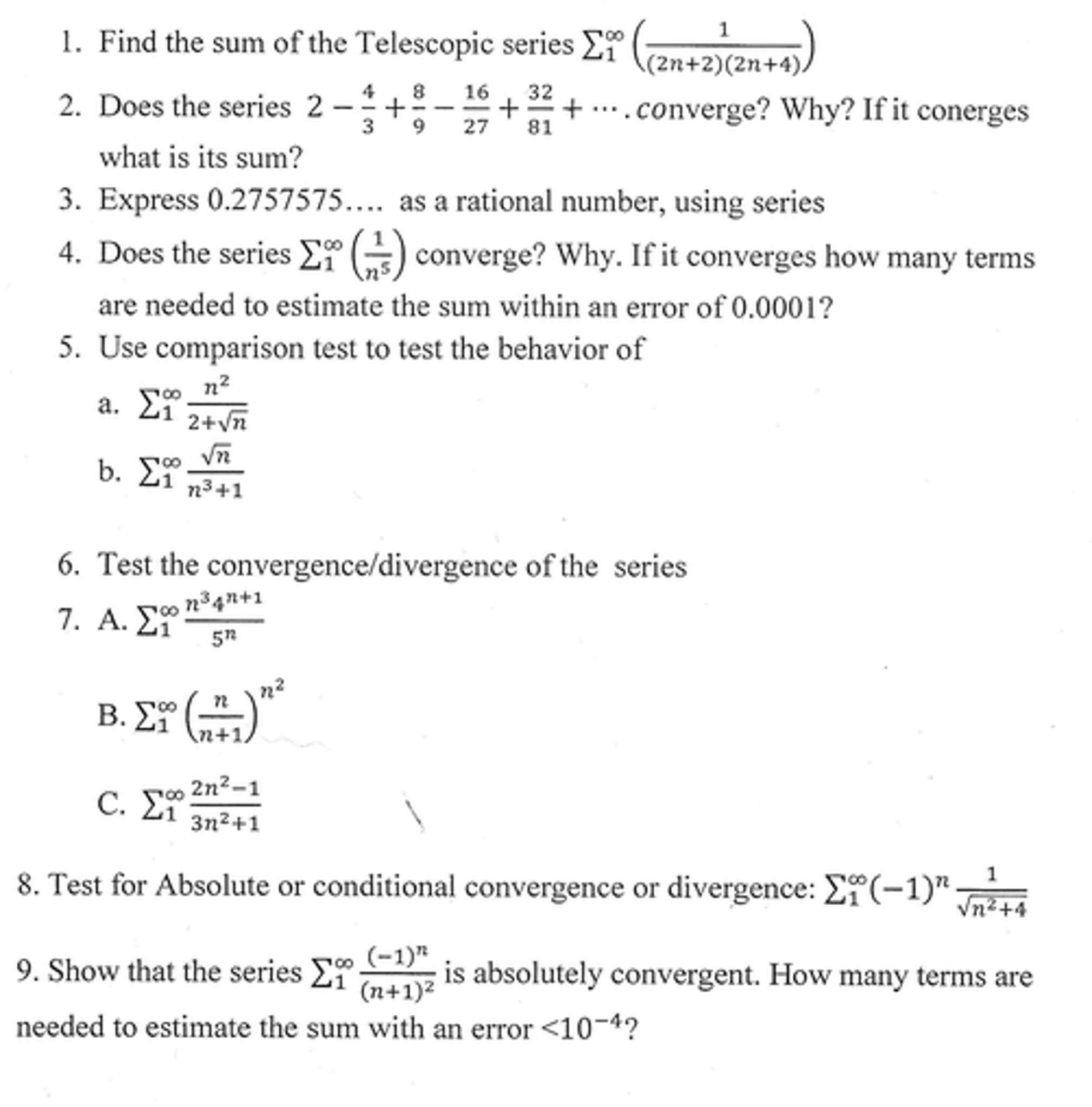



Find The Sum Of The Telescopic Series Chegg Com




Simplify 2 N 4 2 2 N 2 2 N 3
Algebra > Polynomialsandrationalexpressions> SOLUTION (n^42n^33n^27n2)/(n2) Log On Algebra Polynomials, rational expressions and equations Section Solvers Solvers 2^n4 22^n / 22^n3 2^3 simplify 2 See answers please answer this question Please write question clearly kvjkarthik kvjkarthik Answer 1 24 units b) 12 units c) 30 units d) 3 units ye lo sis iss pe kar do message ! Example 1 For all n ≥ 1, prove that 12 22 32 42 n2 = (n(n1)(2n1))/6 Let P (n) 12 22 32 42 n2 = (n(n1)(2n1))/6 For n = 1, LHS = 12



Simplify 16 X 2 N 1 4 X 2 N 16 X 2 N 2 2 X 2 N 2 Sarthaks Econnect Largest Online Education Community



Powers Of Natural Numbers Series 13 5 Sideway Output To
2 4 6 2n = n^2 n for all natural numbers n asked in Mathematical Induction by Chandan01 ( 512k points) principle of mathematical inductionSimplify (n^4)^ (3/2) (n4)3 2 ( n 4) 3 2 Apply the power rule and multiply exponents, (am)n = amn ( a m) n = a m n n4(3 2) n 4 ( 3 2) Cancel the common factor of 2 2 Tap for more steps Factor 2 2 out of 4 4 n 2 ( 2) 3 2 n 2 ( 2) 3 2 Cancel the common factor 2n3=32 2n=323 2n=02 n=02/2 n=01 thaaaank yoooouu you are welcome Forgot about 32 Forgot about 32 New questions in Mathematics ANSWERED What is Limit of h (x) as x approaches 10 plus?



How Is This Proved By Mathematical Induction 1 2 2 2 3 2 2n 2 N 2n 1 4n 1 3 For The First 2n Positive Integers Quora




Using Mathematical Induction To Prove 2 3n 3 N Is Divisible By 5 Youtube
2n=n3n n n=3 Our final answer is n=3 Check our work 2(3)=n3 6=6 Our answer is correct! set up as equation and solve for N 2/3 N = 4 2N = 12 helper2n3 (n23n6)2 n n4 = lim n!1 2n 3 (n2 3n 6)2 n4 n = lim n!1 2n 3 n n4 (n2 3n 6)2 = 2 1 = 2 Therefore, since the limit is nite and the series P n n4 = 1 n3 converges, the Limit Comparison Test implies that the given series converges as well 16For which values of xdoes the series X1 n=0 (x 4)n 5n converge?




Solved Use The Principle Of Mathematical Induction To Prove That 2 N 2 1 Answer Transtutors




Lim N Oo 1 2 2 2 3 2 N 2 N 3 Is Equal To A 1 B C 1
Equations Tiger Algebra gives you not only the answers, but also the complete step by step method for solving your equations (n/n3)/(2n2/n^22n3) so that you understand better Better and Proper Approach Before proceeding to solution lets go through some of periodical properties of power of 2, 3 & 4 f(n) = 2 n is periodical for n = 4 in terms of last digit ie last digit of 2 n always repeat for next 4th value of n (ex 2, 4, 8, 16, 32, 64) Đầu tiên, với k = 1 k = 1 thì S= 123n S = 1 2 3 n cái này thì ai cũng biết công thức và cách chứng minh rồi S= n(n1) 2 S = n ( n 1) 2 *Với k =2 k = 2 thì S= 1222 32n2 S = 1 2 2 2 3 2 n 2 để tính nó thì có nhiều cách lắm nhưng mình xin làm theo cách sau cho tổng




Bai 2 Tim Cac Giới Hạn Sau 2n 4n 3n 3 A Lim B Lim N 1 2 N N 1 N 5n 7 N 1 7n 2 2n 1 2l 3 4n 7 In D Lim C L




16 2n 1 8 2n 16 2n 2 4 2n 1 Brainly In
QuickMath will automatically answer the most common problems in algebra, equations and calculus faced by highschool and college students The algebra section allows you to expand, factor or simplify virtually any expression you choose It also has commands for splitting fractions into partial fractions, combining several fractions into one andWhat is the sum of theDon't stop learning now Get hold of all the important mathematical concepts for competitive programming with the Essential Maths for CP Course at a studentfriendly price To complete your preparation from learning a language to DS Algo and




I If N 2 N 2 N 4 N 4 2 1 Find The Valye O




Simplify 2 N 4 2 2 N 2 2 N 3
Blog The 6 greatest collaboration tools for hybrid teams;Discrete Mathematics and Its Applications (6th Edition) Edit edition Solutions for Chapter 41 Problem 16E Prove that for every positive integer n,1∙2∙3 2∙ 3∙4∙∙∙ n(n 1)(n 2)= n(n 1)(n 2)(n 3)/4 The sum $1^2 2^2 3^2 4^2 \cdots n^2 = \frac{n(n1)(2n1)}{6}$ What is the value of $21^2 22^2 \cdots 40^2$?
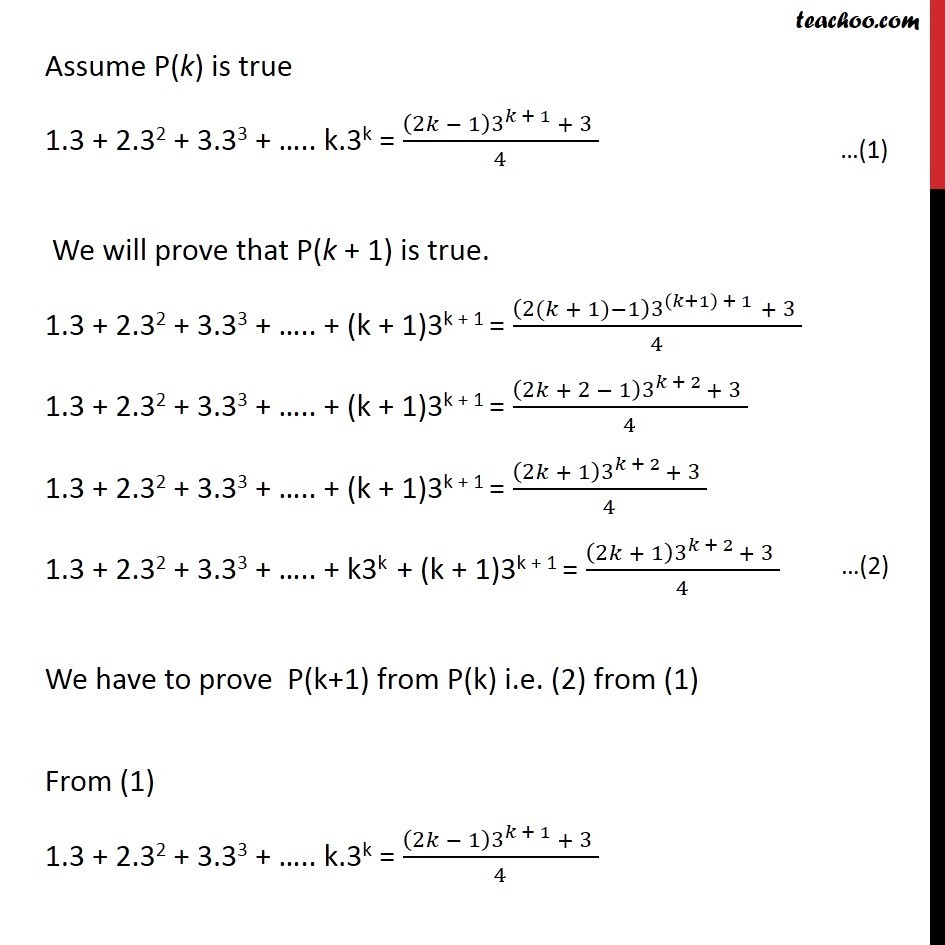



Ex 4 1 5 Prove 1 3 2 32 3 33 N 3n 2n 1 3n 1




Is There Any Elementary Formula For The Sequence Sum K 1 N Left 2k 1 Right Left Frac 1 2 Right K Mathematics Stack Exchange
Answer to Prove1 2 4 6 2n = n(n 1)2 3 6 9 3n = (3n(n 1))/23 2 5 8 (3n 1) = (n(3n 1))(((n 3) 2n 2) n) 2 = 0 Step 2 Checking for a perfect cube 21 n 32n 2n2 is not a perfect cube Trying to factor by pulling out 22 Factoring n 32n 2n2 Thoughtfully split the expression at hand into groups, each group having two terms Group 1 n2 Group 2 n 32n 2 Pull out from each group separately125 13 CORRECT 185 19 THESE ARE THE QUESTIONS I HAD ON THE QUIZ CHECK MY ACCOUNT FOR MORE



Natural Numbers Series 12 7 Sideway Output To




n2 Formula Proof
Obviously the big O of 2^n is O(2^n), but I'm not sure if you can reduce 4^n If so, I would do 4^n = (2^2)^n Then we could distribute to make this 2^(2n), which I would reduce to O(2^n) since the constant in front of the n wouldn't matterCruise Search Find Cruises for 2124 Carnival Cruise Line 2 Day The Bahamas from Miami, FL Carnival Freedom Miami Nassau EXTRA VALUE Show Dates From $ 164 * AVG PER PERSON 2 GUEST ROOM Learn More * Taxes, fees and port expenses are $174 additional to the prices displayed Prices are AVG PPThe answer is #5 3 Thanks P New questions in Mathematics 100 points help me please What is the area of this 3 imagine and answer this 4 questions;) Help please lol thankssss




Prove That 3 2n 1 2 N 2 Is Divisible By 7 Brainly In




1 2 2 2 2 3 2 3 N 2 N N 1 2 N 1 2 Youtube
What is the sum of theThe problem is that your nth term is incorrect \frac {2n1} {2n} \frac {2n2} {2n1} Will get you (3/2 4/3) for n=1, (5/4 6/5) for n=2 and so on Simplifying, this makes the nth term Will get you (3/2−4/3) for n = 1, (5/4−6/5) for n = 2 and so on Simplifying, this makes the nth term374 Broome St Apt 2N, New York, NY is currently not for sale The 1,969 sq ft condo is a 2 bed, bath unit This condo was built in 1900 and last sold on for View more property details, sales history and Zestimate data on Zillow



Cormen Gate Overflow




2n 3 2n 3 And N 2 N 2 Are In Ratio 44 3 Find N Brainly In
Explanation using the method of proof by induction this involves the following steps ∙ prove true for some value, say n = 1 ∙ assume the result is true for n = k ∙ prove true for n = k 1 n = 1 → LH S = 12 = 1 and RHS = 1 6 (1 1)(2 1) = 1 ⇒result is true for n = 1 Other than that, $\left(\dfrac{n^2}{n1}\right)^2 = n^21\implies \left(n1 \dfrac{1}{n1}\right)^2 = n^21$ The left side is not an integer while the right side is This is enough to say the equation has no integer solutions Share Cite Follow edited May '17 at 812Find Ethyl 2(3,4dichlorophenyl)azocarboxylate and related products for scientific research at MilliporeSigma
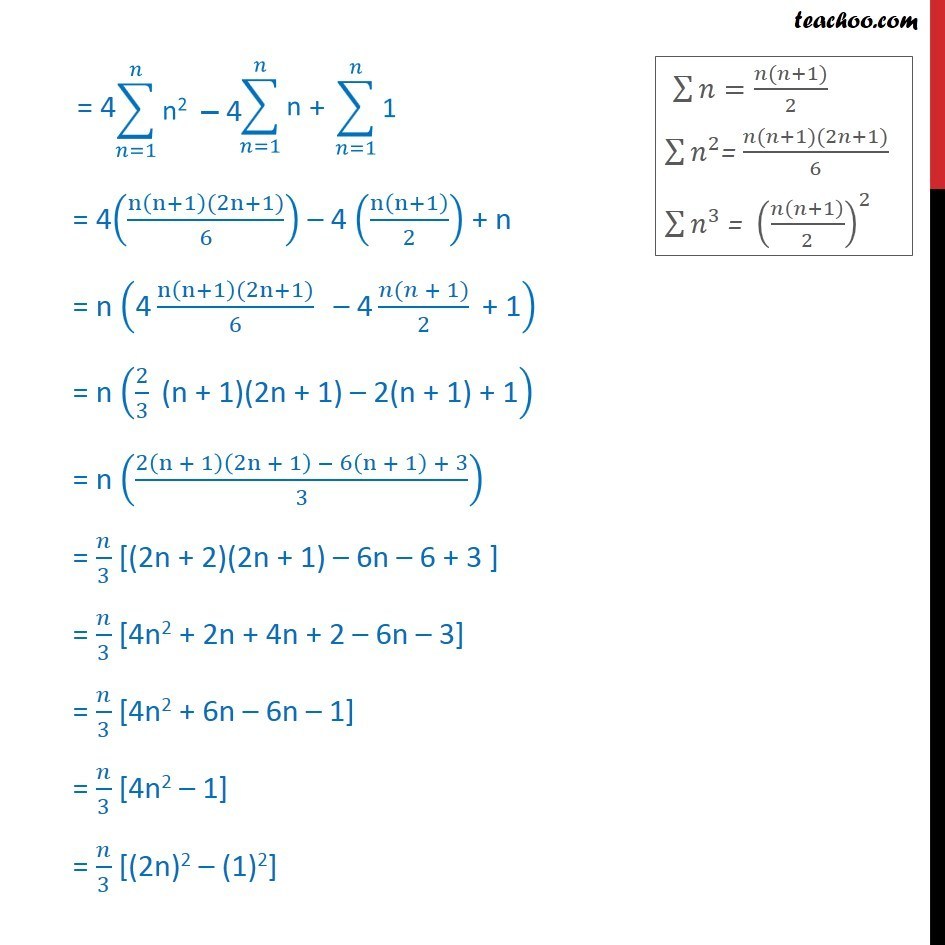



Ex 9 4 10 Find Sum Of Series Nth Terms Is 2n 1 2 Ex 9 4




7 2n 3 49 N 2 343 N 1 2 3 Brainly In
Click here👆to get an answer to your question ️ Prove by Mathematical induction that 1^2 3^2 5^2 ( 2n 1 )^2 = n ( 2n 1 ) ( 2n 1 )3∀ n∈ NEpic Collection of Mathematical Induction https//wwwmathgotservedcom/mathematicalinductionProve 1) 123n=n(n1)/2 ht 2^n 2^n 2^n 2^n = 4^{n3} (n)(4) A) Quantity A is greater B) Quantity B is greater C) The two quantities are equal D) The relationship cannot be determined from the information given
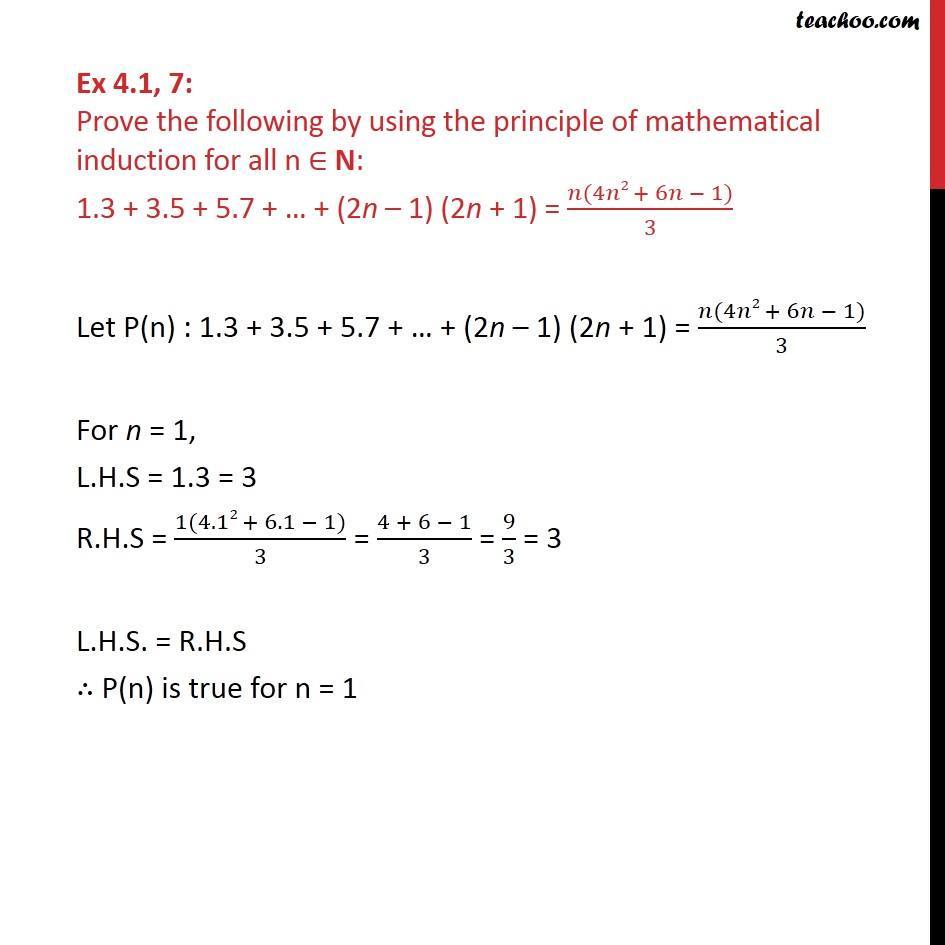



Ex 4 1 7 Prove 1 3 3 5 5 7 2n 1 2n 1 Class 11



Search Q Mathematical Induction Examples Tbm Isch
Transcript Ex 41,8 Prove the following by using the principle of mathematical induction for all n ∈ N 12 222 323 n2n = (n – 1) 2n1 2 Let P(n) 12 222 323 n2n = (n – 1) 2n1 2 For n = 1, LHS = 12 = 2 RHS = (1 – 1) 211 2 = 0 2 = 2, Hence, LHS = RHS ∴ P(n) is true for n = 1 Assume P(k) is true 12 222 323 k2k = (kLim n> inf(2n^2 2n 3/8)/(4n^2 3) substituting n = inf, gives the indeterminate form inf/inf So use l'Hopital's rule and substitute the numerator and denominator with their derivativesCheck for n=1(True) Let it be true for n=k ie 1 2 3 2 5 2 (2k1) 2 = k(4k 21)/3 (i) To prove It is true for n=k1 Soln 1 2 3 2 5 2 2(k1)1




Simplify 16 2n 1 4 2n 16 2n 2 2 N 2 Brainly In




Mathematical Explanation Of Mathematica Summation Sum N 1 Infty Frac 2n 1 2n 2 Zeta 2n Mathematics Stack Exchange
The most elegant and standard proof for the sum math1^4 2^4 3^4 \cdots n^4/math is perhaps by using the binomial theorem and telescoping sums This method can be applied to finding any sum of the type mathS_n^k = 1^k 2^k 3^k \c2n3 (n23n6)2 n n4 = lim n!1 2n 3 (n2 3n 6)2 n4 n = lim n!1 2n 3 n n4 (n2 3n 6)2 = 2 1 = 2 Therefore, since the limit is nite and the series P n n4 = 1 n3 converges, the Limit Comparison Test implies that the given series converges as well 16For which values of xdoes the series X1 n=0 (x 4)n 5n converge?Prove 1 Show that is true for and 2 Assume is true for some positive integer , then show




I If N 2 N 2 N 4 N 4 2 1 Find The Valye O




Example 2 Prove 2n N Chapter 4 Mathematical Induction
1an = 3n 1 2 an = 2(2n 3) 3an = 4^n 4an = (2/3)^n 5 an = (1)^n(n 5) 6 an = (1)^n 1(n 6) 7 an= n3/2n1 8 a1 = 5 and an = an1 3 for n ≥ 2 9 a1 = 6 and an = 2an1 for n ≥ 2 10a1 = 4 and an = 3an1 2 for n ≥ 2 11 Find a8 when a1 = 10, d = 3 3 points Question 16 Use the formula for the general term (the nth term) of an arithmetic sequence to find theUsing induction, how can I solve this problem?Sum of n, n², or n³ n n are positive integers Each of these series can be calculated through a closedform formula The case 5050 5050 5050 ∑ k = 1 n k = n ( n 1) 2 ∑ k = 1 n k 2 = n ( n 1) ( 2 n 1) 6 ∑ k = 1 n k 3 = n 2 ( n 1) 2 4



Users Math Msu Edu Users Zhan Hw1 Solution Pdf




Find The Sum Of The Series 2 2 4 2 6 2 2 N 2
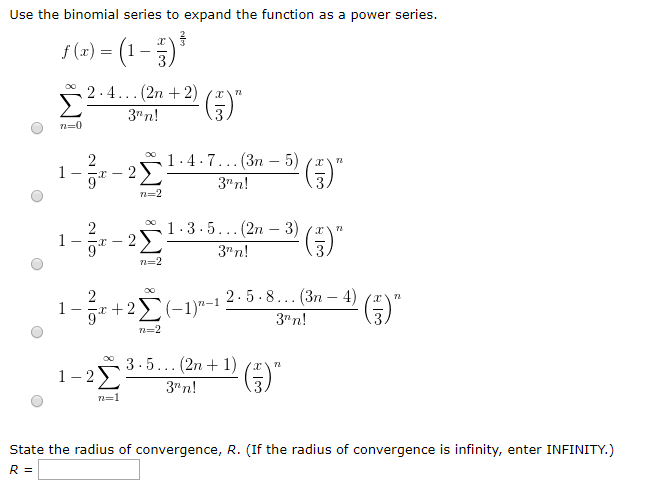



Use The Binomial Series To Expand The Function As A Chegg Com
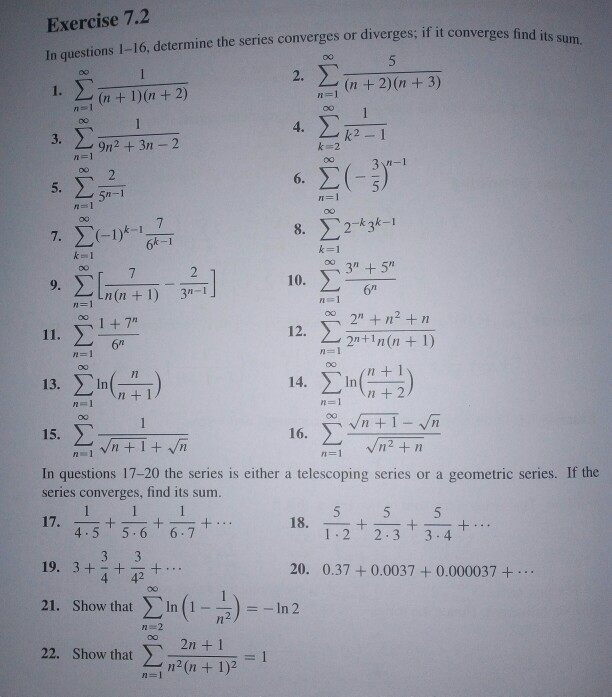



Exercise 7 2 In Questions 1 16 Determine The Series Chegg Com




The A M Of The Series 1 2 4 8 16 2 N Is Youtube




Show That The Sequence 2n N 2 Converges To 2 Using The Epsilon Definition Mathematics Stack Exchange




2 N 8 2n 1 16 2n 4 3n 1 16 Brainly In




Prove That 1 2 2 2 3 2 N 2 N N 1 2n 1 6 Youtube




Ex 4 1 8 Prove 1 2 2 22 3 23 N 2n N 1 2n 1 2
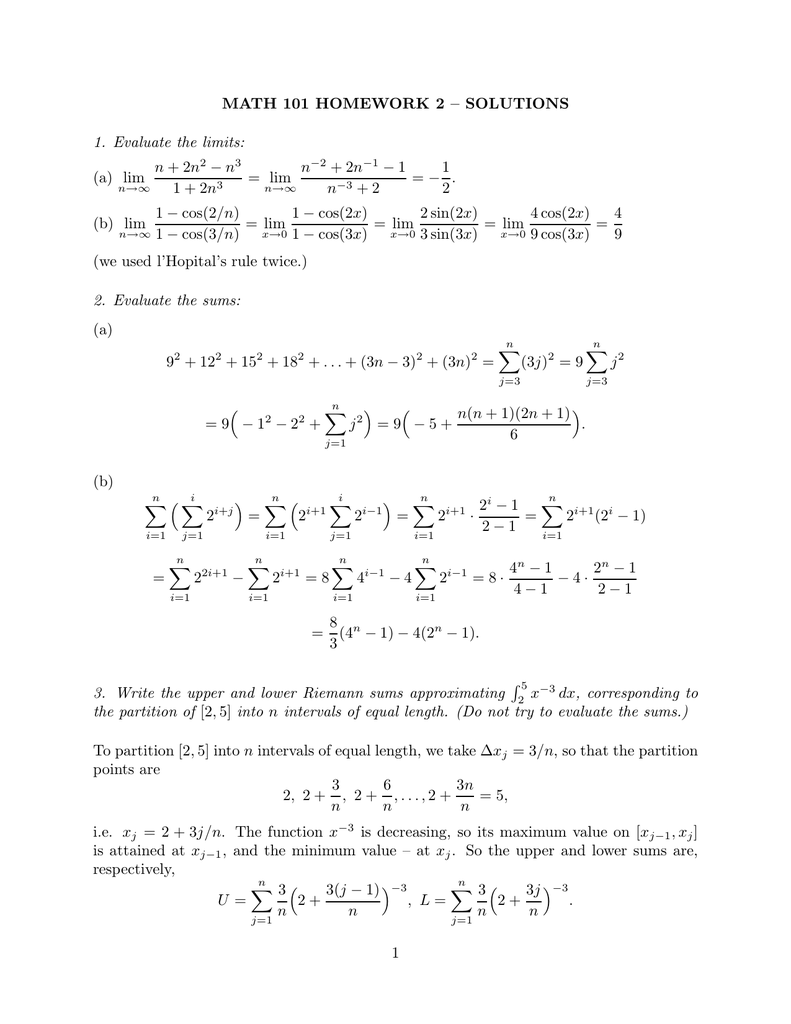



Math 101 Homework 2 Solutions 1 Evaluate The Limits N



What Is The Sum To N Terms Of The Series 1 2 3 2 3 4 3 4 5 Quora




How To Prove That Math Frac 2 N 2 N 1 2 N 1 2 N 3 2 Quora
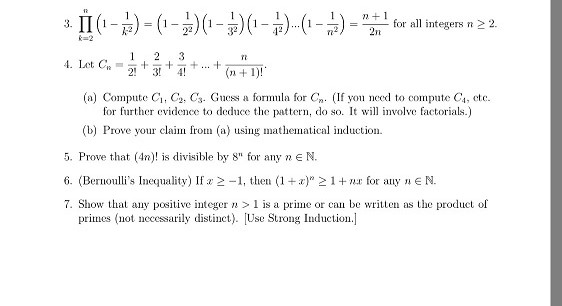



Product N K 2 1 1 K 2 1 1 2 2 1 1 3 2 Chegg Com




2n 4 2 2n 2 2n 3 2 3 Maths Meritnation Com




2 N 4 2xx2 N 2xx2 N 3 2 3 Is Equal To A 2 N 1 B




Lim N Oo 1 N 2 N 1 3 N 2 N 1 1 2 2 2 3 2 N 2




Induction Inequality Proof Example 5 2 N N Youtube




If 2 N 4 2 N 2 3 Then N Equal To Brainly In
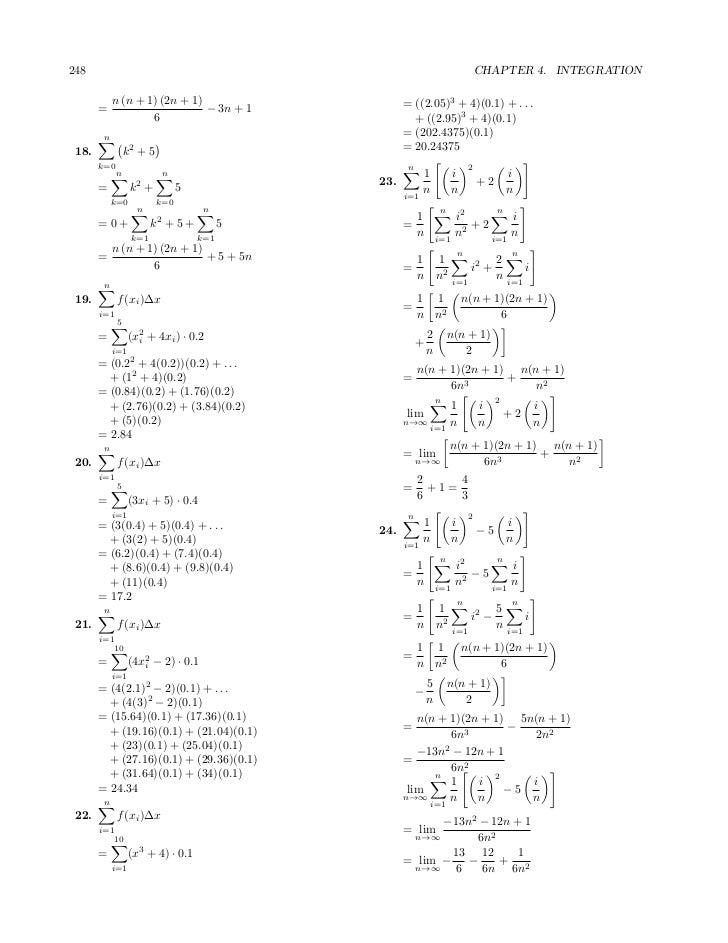



Answers Tutor 8



1




If An A P Sn 3n 2 5n Find A P



Find The Sum Of N Terms Of The Series 4 1 N 4 2 N 4 3 N Sarthaks Econnect Largest Online Education Community



How To Prove That Math N N 1 N 2 N 3 1 Math Is A Perfect Square Quora




I If N 2 N 2 N 4 N 4 2 1 Find The Valye O




If 2 3 2 3 3 2 2n 4 9 2 The Value Of N Is Maths Exponents And Powers Meritnation Com




Find The Sum To N Terms Of The Series 1 2 3 2 5 2 To N Terms
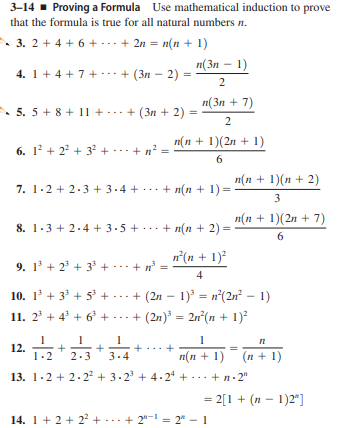



Answered 3 14 Proving A Formula Use Bartleby




2 Mathematical Induction 2 2 2 2 3 2 2 N 1 5 N 2 N Div By 3induccion Matematicas Mathgotserved Youtube




Prove By Pmi 1 1 2 2 1 1 3 2 1 1 4 2 1 1 N 2 N 1 2n Maths Principle Of Mathematical Induction Meritnation Com



If 3 N 4 3 N 2 8 What Is The Value Of N Quora




Prove Each Of The Following Using Proof By Induction Chegg Com



How Is This Proved By Mathematical Induction 1 2 2 2 3 2 2n 2 N 2n 1 4n 1 3 For The First 2n Positive Integers Quora
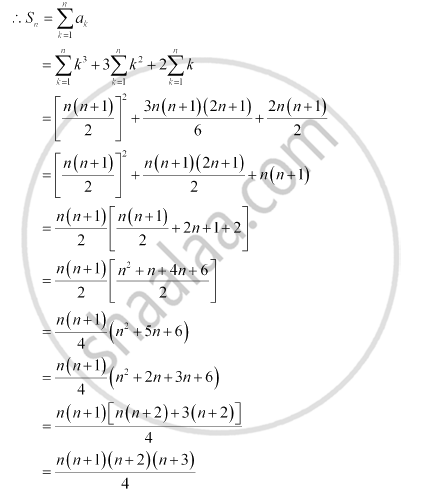



Find The Sum To N Terms Of The Series 1 2 3 2 3 4 3 4 5 Mathematics Shaalaa Com




5 4 Mathematical Induction T




n2 Formula



How To Prove That Math Frac 2 N 2 N 1 2 N 1 2 N 3 2 Quora




2 N 4 2 2 N 2 2 N 3 2 3 Simplify Brainly In




The Sum Of The Series 1 2 3 2 5 2 Ddotto N Terms Is A N N 1




Ex 4 1 24 Prove 2n 7 N 3 2 Chapter 4 Induction
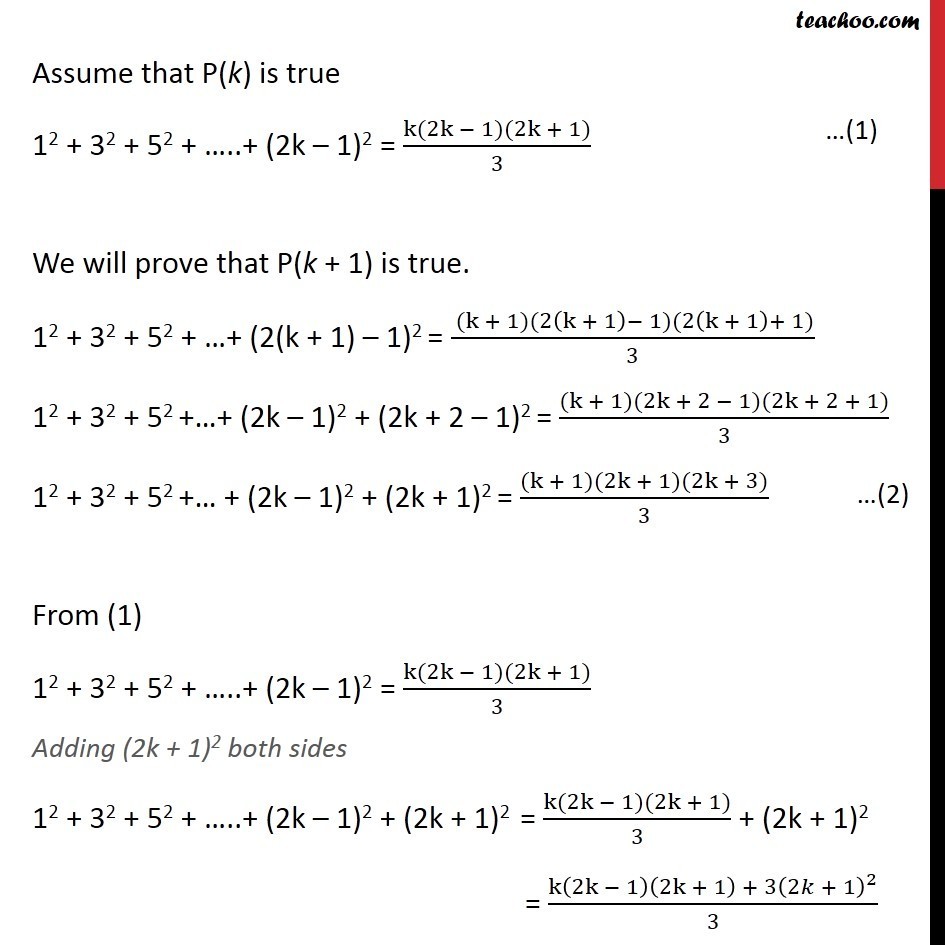



Ex 4 1 15 Prove 12 32 52 2n 1 2 Chapter 4 Induction




If 2 N 4 2 N 2 3 Then N Is Equal To A 0 B 2 C 2
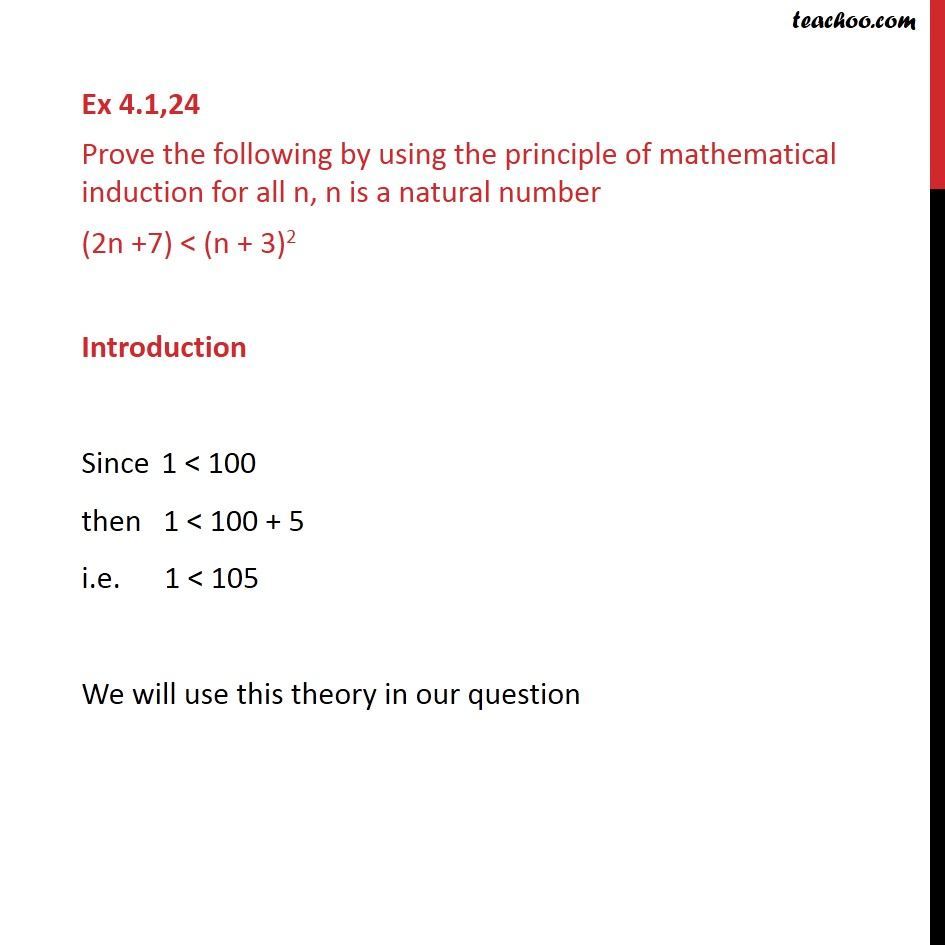



Ex 4 1 24 Prove 2n 7 N 3 2 Chapter 4 Induction
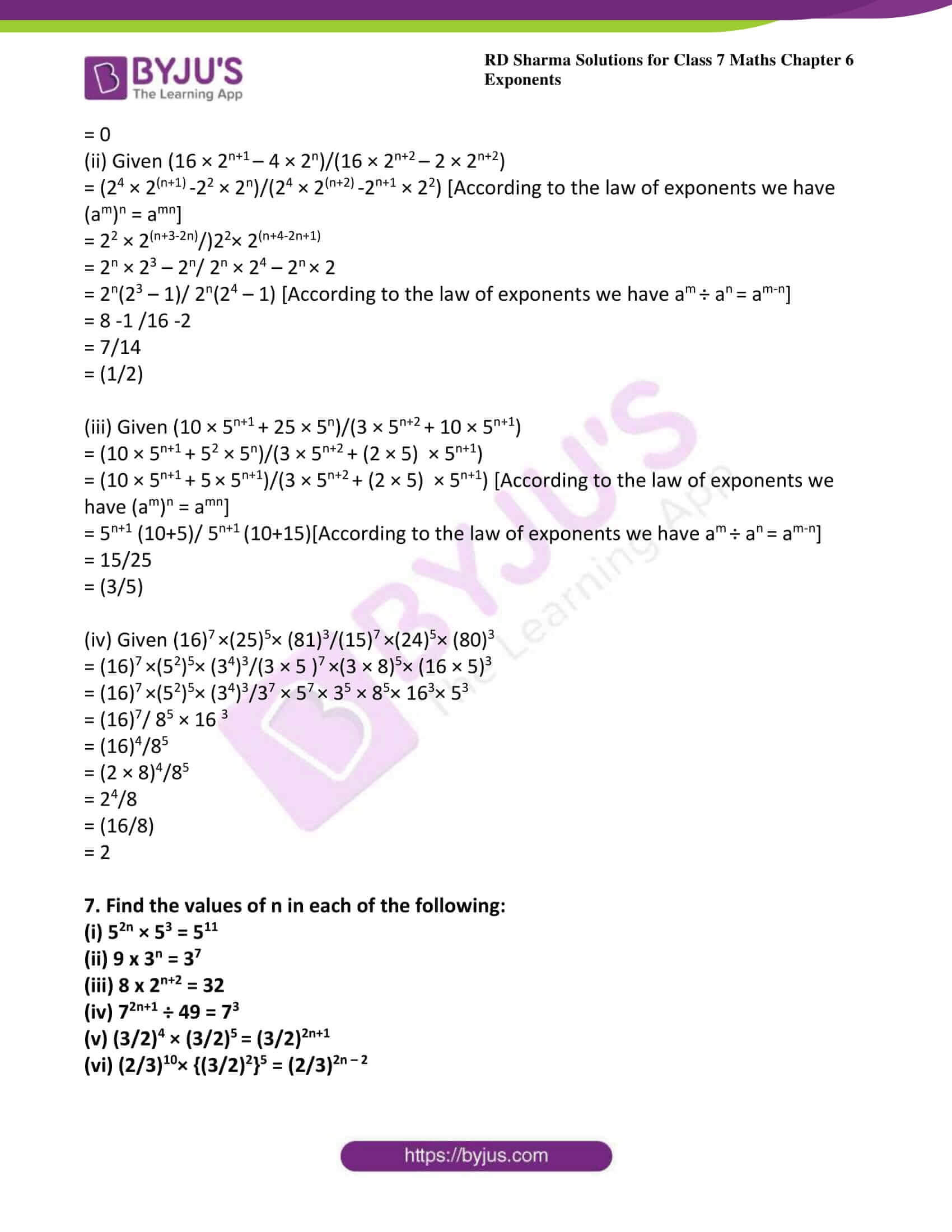



Rd Sharma Solutions For Class 7 Maths Chapter 6 Exponents Download Free Pdf




Simplify 2 N 2 N 1 2 N 1 2 N Brainly In
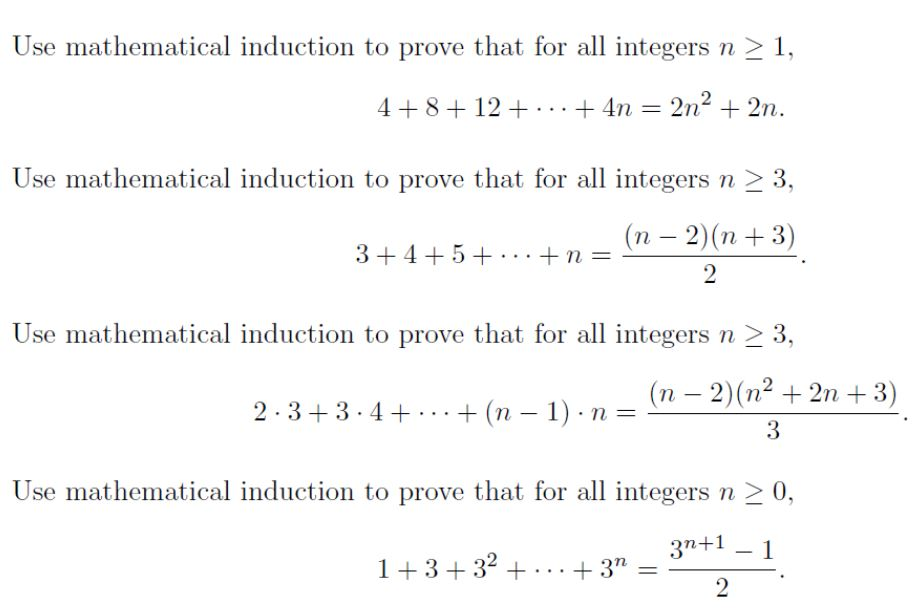



Use Mathematical Induction To Prove That For All Chegg Com




Ex 7 4 2 Determine N If I 2nc3 Nc3 12 1 Chapter 7




Prove 2n 7 N 3 2 For N N




I If N 2 N 2 N 4 N 4 2 1 Find The Valye O



Establish A Formula For 1 1 4 1 1 9 1 1 N 2 Stumbling Robot




Prove By Induction 1 2 2 2 3 2 4 2 N 2 N N 1 2n 1 6
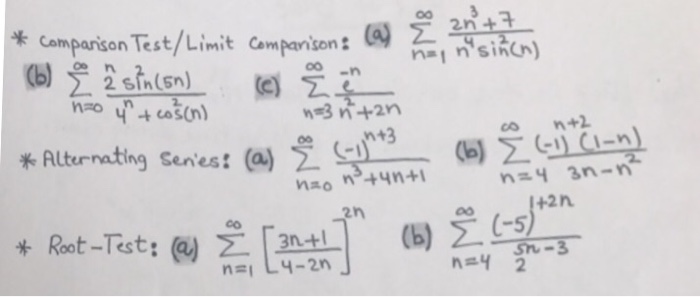



Comparison Test Limit Comparison A Sigma N Chegg Com




n2 Formula Proof
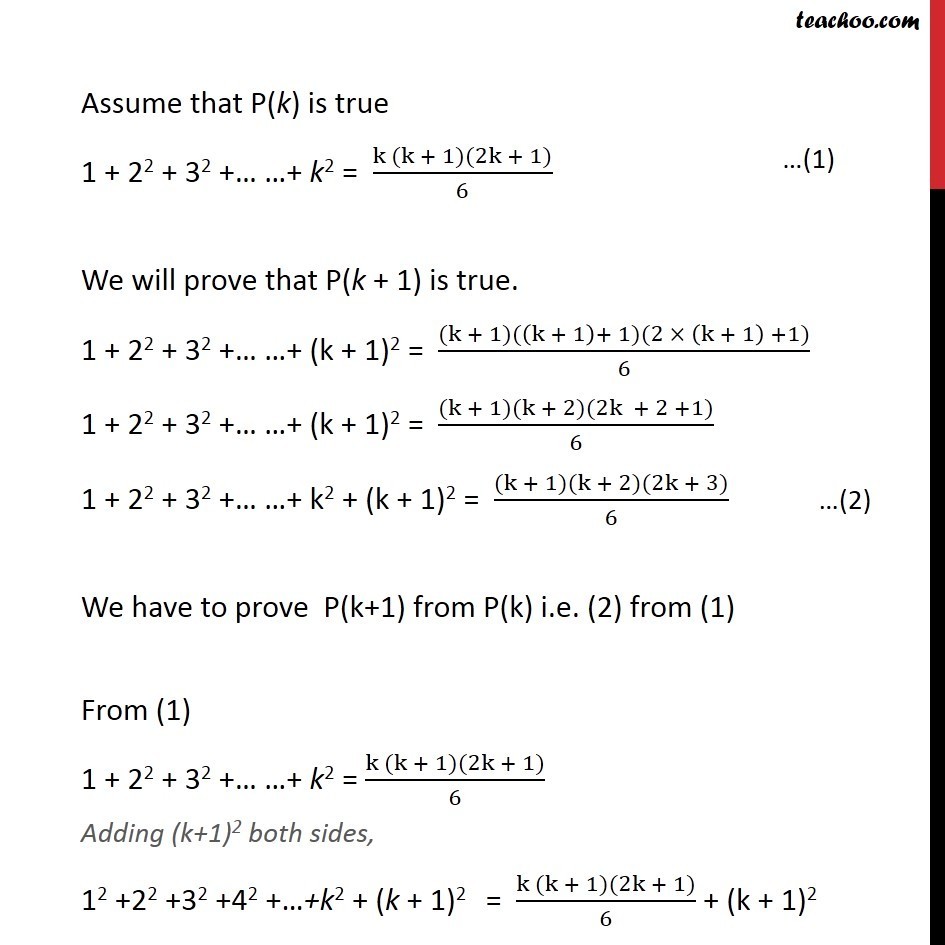



Prove By Induction 1 2 2 2 3 2 4 2 N 2 N N 1 2n 1 6



1




How To 12 Proof By Induction 1 3 2 3 3 3 N 3 N N 1 2 2 N 2 N 1 2 4 Prove Mathgotserved Youtube




Simplify Frac 2 N 4 2 Left 2 N Right 2 Left 2 Left 2 N 3 Right Right Nselect One No A 2 N 1 Frac 1 8 No 1 2 N Frac 7 8 Nc 2



Prove By Mathematical Induction 1 2 2 2 3 2 N 2 N N 1 2n 1 6 N N Sarthaks Econnect Largest Online Education Community




Prove By Induction The Following Results For All N Chegg Com




The Value Of Lim X Oo 5 N 1 3 N 2 2n 5 N 2 N 3 2n 1



Find The Sum To N Terms Of The Series 1 2 3 2 3 4 3 4 5 Sarthaks Econnect Largest Online Education Community




How Would One Prove By Induction That 2n 2 N N 2 When N Is A Positive Integer Quora
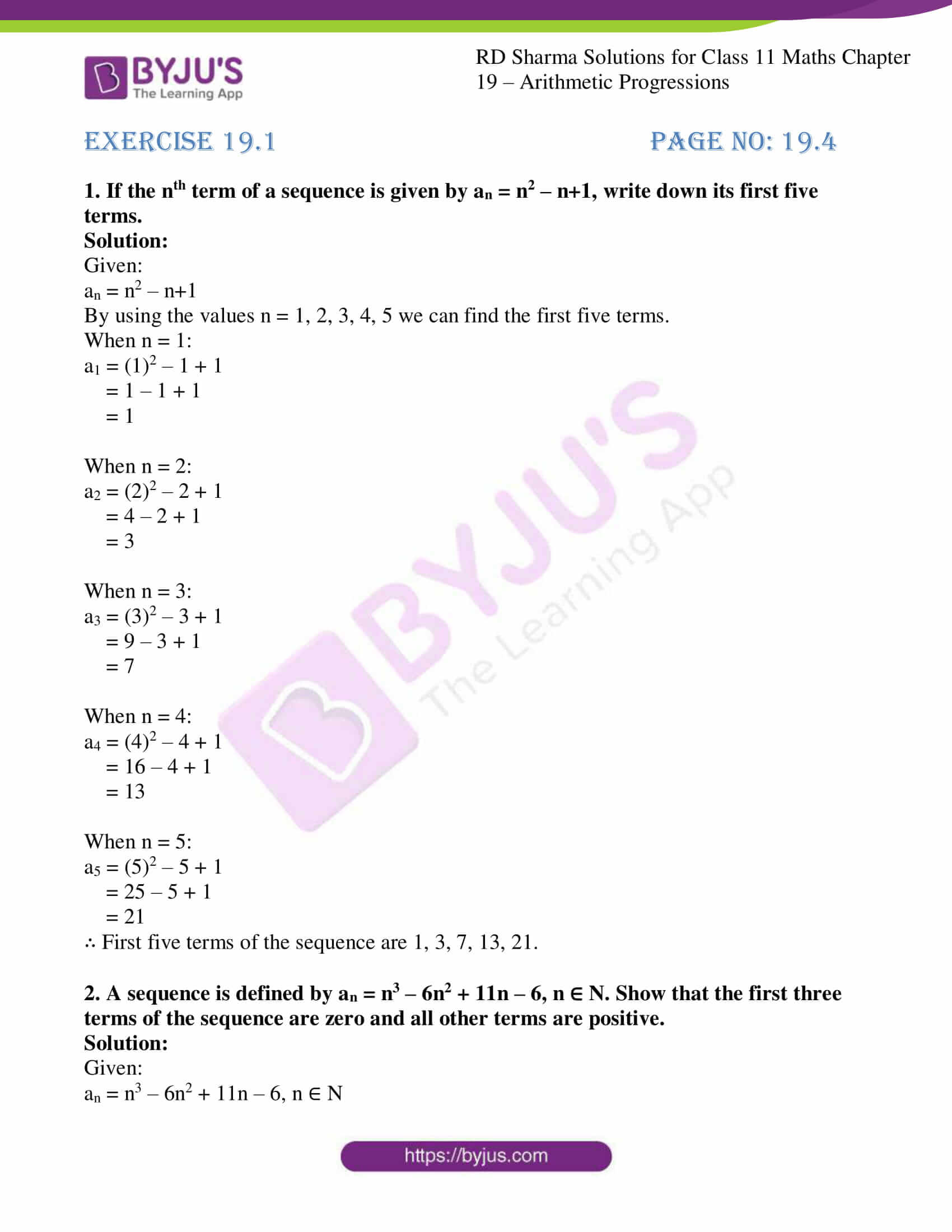



Rd Sharma Solutions For Class 11 Maths Updated 21 22 Chapter 19 Arithmetic Progressions Download Free Pdf



1 2 3 2 5 2 N 2 Formula




2 N 1024 Then 3 2 N 4 4 Brainly In
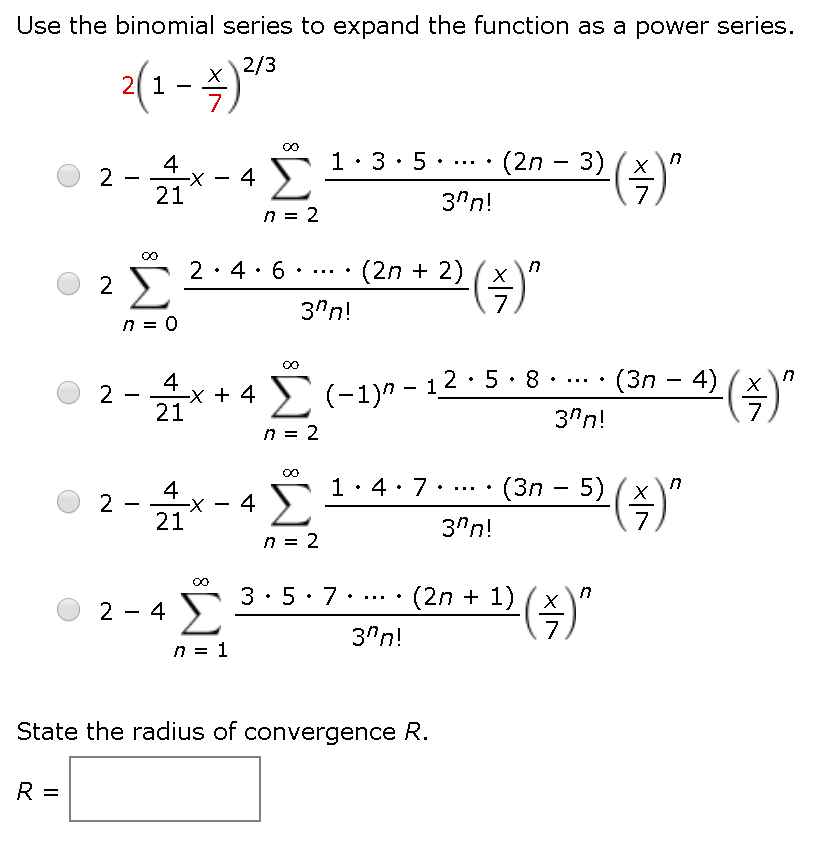



Use The Binomial Series To Expand The Function As A Chegg Com




2n 3 2n 3 And N 2 N 2 Are In Ratio 44 3 Find N Brainly In




If 2n 3 2n 3 A N D N 2 N 2 Are In The Ratio 44
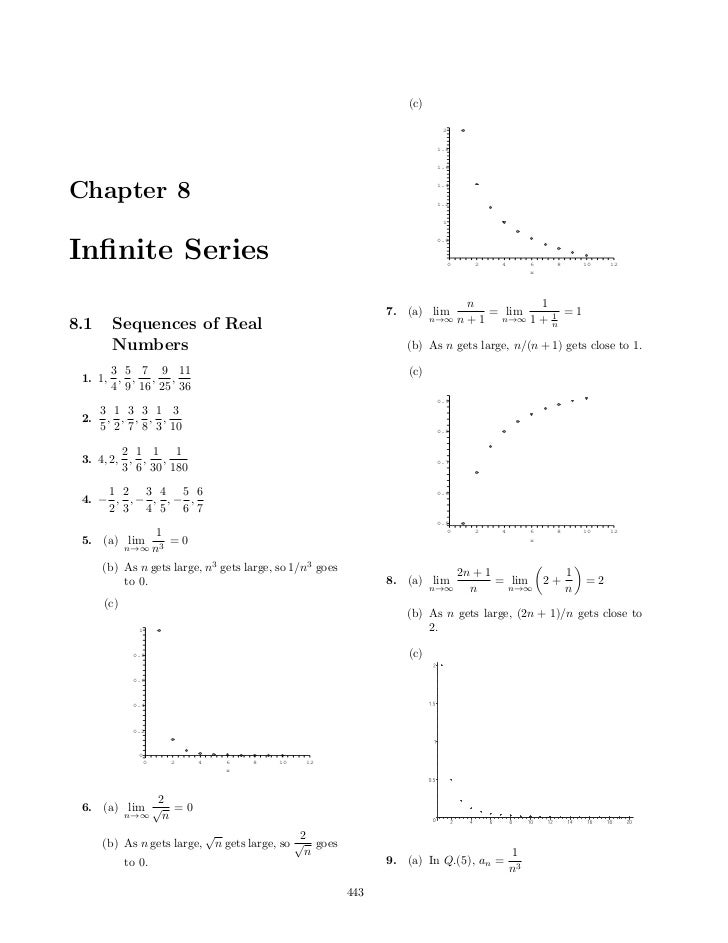



Ism Et Chapter 8




If N 2 N 2 And N 4 N 4 Are In The Ratio 2 1 Then Value Of N Is Brainly In



How To Prove That Math Frac 2 N 2 N 1 2 N 1 2 N 3 2 Quora




Ncert Solutions For Class 9 10 11 And 12 Prove The Following By Using The Principle Of Mathematical Induction For All N N



How To Prove By Induction That Math 2 N 2 3 2n 1 Math Is Divisible By 7 Quora




Determining N In A Given Sequence Frac 1 3 5 2n 1 2 4 6 2n Frac 11 12 Mathematics Stack Exchange



If 3 N 4 3 N 2 8 What Is The Value Of N Quora



0 件のコメント:
コメントを投稿